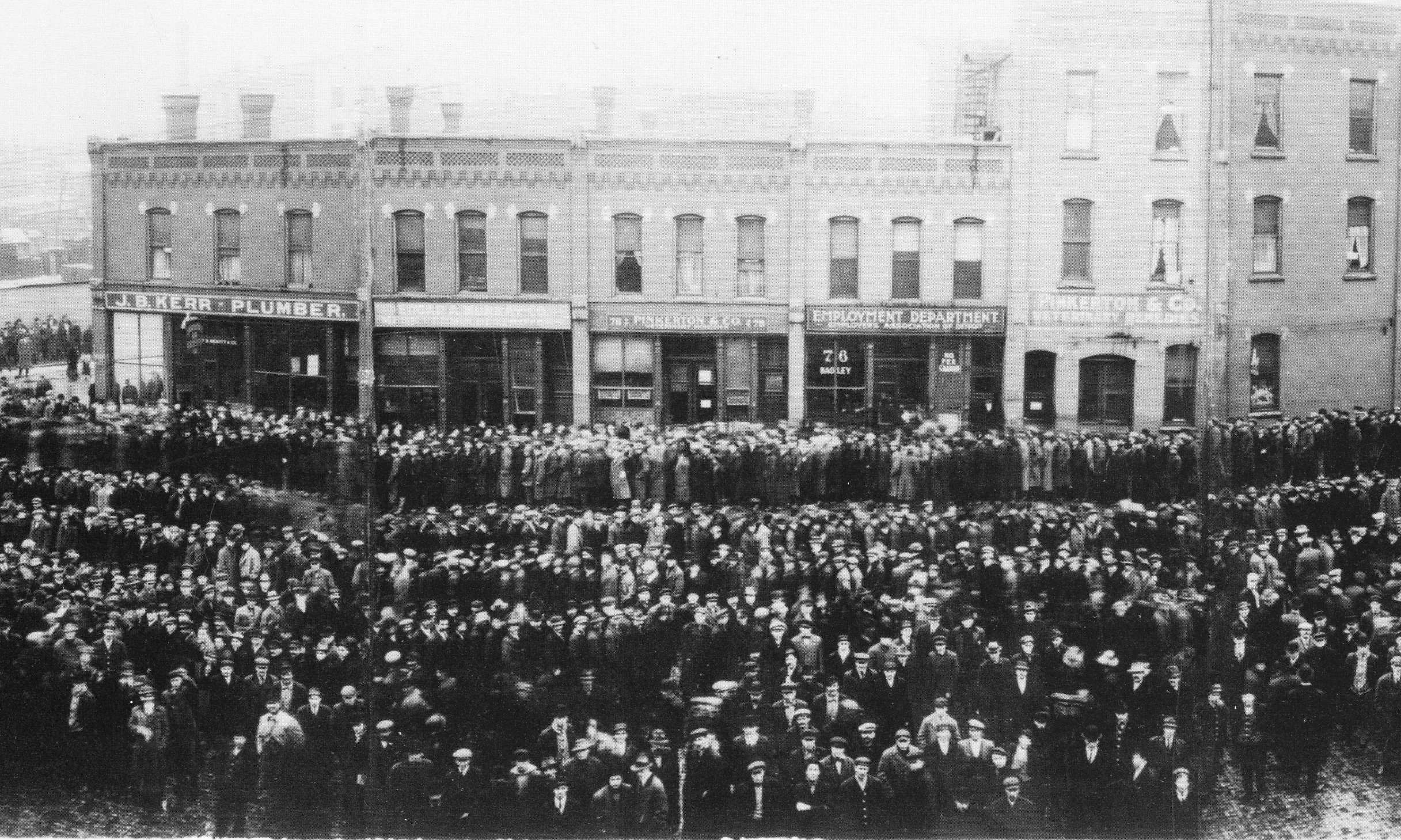Over the weekend I came across an article in the Labor Union News entitled "UAW Involvement and Support in Pro-Palestinian Protests Raises Question.” The gist of the article was that the UAW may be supporting at least some of the pro-Palestinian protests causing problems at many universities right now.
Last Wednesday Labor Union News reported that following the arrest of protesters at Columbia University as well as UCLA, UAW President Shawn Fain tweeted out his condemnation of the arrests, acknowledging some UAW members may have been among the arrested. This is the same Shawn Fain that wore an “Eat the Rich” tee shirt during the auto strike last year.
So, why might an auto union take sides in a Middle Eastern conflict the article asks? The immediate response is the UAW also represents a significant number of academic workers in this country. The article states that the UAW has about 100,000 members on campus and growing, and the UAW has a sub-group of members that formed an activist group called UAW for Palestine.
This brought to my mind a quote about history attributed to Mark Twain. He is attributed to saying, “History doesn’t repeat itself, but it often rhymes.” This resonates given what people and employers are facing today, and history gives a little comfort that we will eventually see it through.
Back at the turn of the last century, ASE, then called the Employers Association of Detroit (EAD), was formed in response to the burgeoning contemporary union movement. A lot of what EAD, now ASE, did was fight for the Open Shop, helping many Detroit area employers remain union free but also supporting employers through strikes and labor negotiations with organized labor in the metal trades. Another little spoken of activity of the early EAD was to keep an eye out for communist and socialist activists that had embedded themselves into the union movement.
 The EAD at the time set up its own staffing organization whose outward purpose was to certify workers as employable. Through EAD mediation, Ford agreed to accept prospective employees only through the Labor Bureau. That’s the moment in January 1914, that was captured in the photograph that today hangs in the reception area at ASE (seen at right).
The EAD at the time set up its own staffing organization whose outward purpose was to certify workers as employable. Through EAD mediation, Ford agreed to accept prospective employees only through the Labor Bureau. That’s the moment in January 1914, that was captured in the photograph that today hangs in the reception area at ASE (seen at right).
But the EAD also allegedly monitored applicants for both union and communist sympathies. One local labor historian said the EAD had the most centralized hiring and personnel operation at the time. A somewhat veiled euphemism that the EAD actually may have screened out those in the labor movement that were fighting less for union representation and more toward a socialist/communist revolution here in America at the time. ASE’s staffing agency was not a small potato operation. In 1906 the EAD Labor Bureau had the names of 40,000 workers on file. It had 180,000 by 1912 and it is estimated by 1926 the EAD Labor Bureau had processed over 750,000 potential workers to prospective employers in Detroit.
Chester Culver, EAD General Manager from 1916 to the mid 1950’s denied that the EAD every maintained a blacklist of workers not to hire, but he acknowledged the EAD operated a “central personnel records file.”
Since the early 1990’s ASE has provided our members with applicant background screening for employment purposes, but not for political or union avoidance purposes.
As an aside to historical labor issues, some may recall another strange coincidence of history back then. In the 1920’s the world and America was just getting past the Spanish Flu epidemic that may have killed 50,000,000 by the time it ended. But that is another story.
Historically and up through today, employers associations continue to be an impetus to much more than just union avoidance. They have continued to help set the terms of trade in some industries. They lobby for and against law and regulation that may get in the way of or ease the path for business growth. At their core, employers associations are there to advocate for and provide a network of employers to train employees and protect and promote employer interests however they may be challenged.
So where might this story of employer association history “rhyming” be going? We are currently witnessing new social and economic changes on many levels. Labor unions are increasing their activism for organization and for political change just as they were in the 1920’s. Today, employers, as they did 100 years ago, are struggling to sustain their businesses by technological development (the industrial revolution) but continuing to search for qualified labor at a reasonable cost.
Just as in the past, ASE continues to be of service to employers and management here in Michigan. So as history keeps rolling through new pandemics, new labor strife, new labor shortages, and the cycle of economic booms and busts, ASE will continue to support its member employers and businesses with their people issues, including the occasional political or labor agitator.
Sources:
“A Look Back… The Labor Bureau of the Employers Association of Detroit”, Thomas Klug (1/31/2023)
For a more cerebral discussion on what Employers Associations do, please see the paper What Do Employers Association Do? By Pedro S. Martins at Queen Mary University
.